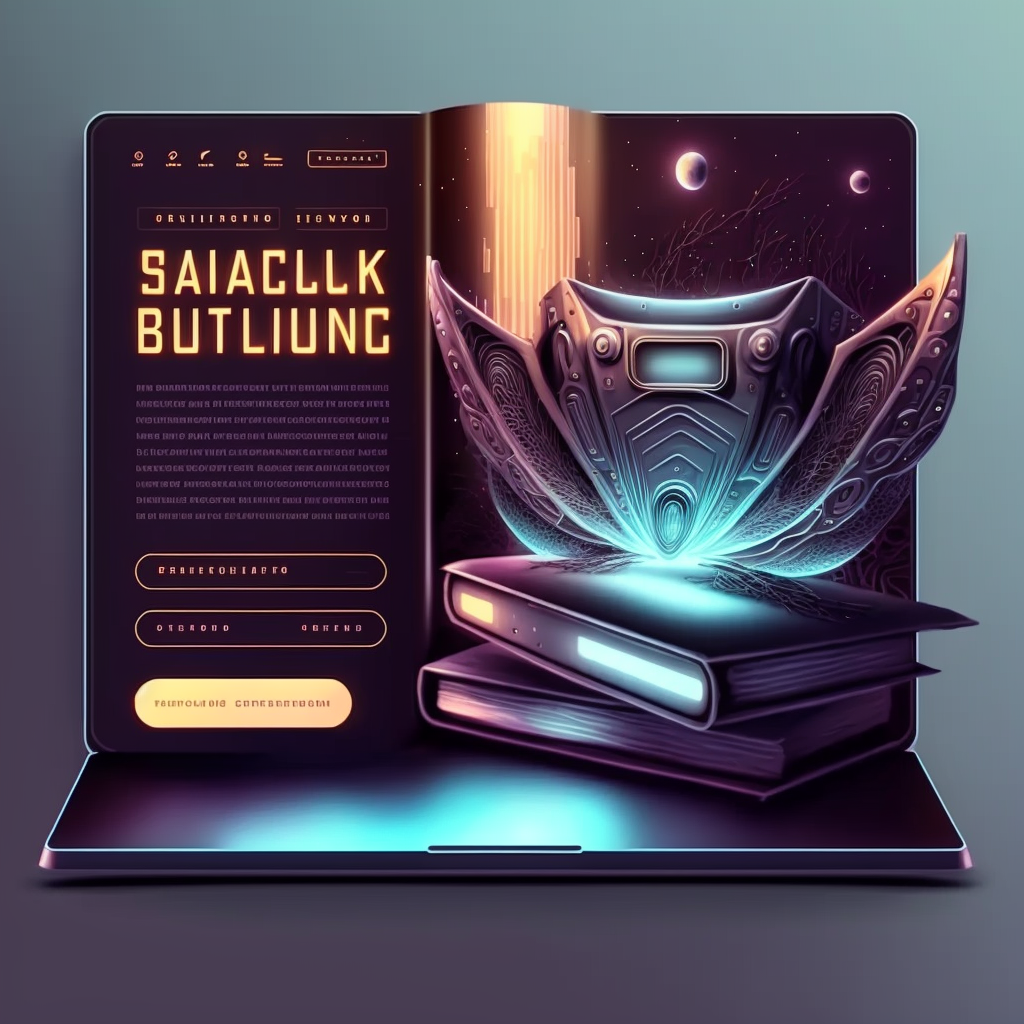Recent research and publications

Top Publications

As a machine learning scientist, my research has focused on using machine learning and data analysis techniques to solve a variety of real-world problems. Some of my top research publications include:
“Improving Self-Supervised Learning for Out-of-Distribution Task via Auxiliary Classifier” (IEEE-ICIP 2022) proposes an end-to-end deep multi-task network. We add an auxiliary classification head to our multi-task network since rotation prediction (self-supervised) accuracy and semantic classification accuracy on OOD tasks are strongly correlated. Our suggested learning method uses a bi-level optimisation problem to examine how this addition classifier improves rotation prediction head. The upper level is trained to update semantic classification and rotation prediction head parameters. By fixing the semantic classification head parameters, the lower-level optimisation updates only the auxiliary classification head.
“Scalable Adversarial Online Continual Learning” paper proposes a scalable adversarial continual learning (SCALE) method putting forward a parameter generator transforming common features into task-specific features and a single discriminator in the adversarial game to induce common features. The training process is carried out in meta-learning fashions using a new combination of three loss functions. SCALE outperforms prominent baselines with noticeable margins in both accuracy and execution time.
“Does Adversarial Oversampling Help us?,” in which we propose a three-player adversarial game-based end-to-end method, where a domain-constraints mixture of generators, a discriminator, and a multi-class classifier are used. Rather than adversarial minority oversampling, we propose an adversarial oversampling (AO) and a data-space oversampling (DO) approach. In AO, the generator updates by fooling both the classifier and discriminator, however, in DO, it updates by favoring the classifier and fooling the discriminator. While updating the classifier, it considers both the real and synthetically generated samples in AO. But, in DO, it favors the real samples and fools the subset class-specific generated samples.
Overall, my research has focused on using machine learning and data analysis techniques to develop scalable models considering the realistic deployment, with a particular emphasis on class imbalance and out-of-distribution problems. I am excited to continue exploring new and innovative ways to deploy machine learning in a wide range of application.
Research expertise:

As a machine learning scientist with a background in machine learning and software engineering, my research expertise includes the development and deployment of machine learning models in production environments (MLOps), the use of fuzzy neural networks for complex and uncertain data, and the development of explainable AI systems for improved transparency and accountability.
In my work, I have focused on using these techniques to solve a range of real-world problems, including the detection of defects in semiconductor devices, the prediction of financial markets, and the development of intelligent systems for aviation and other industries.
One notable example of my work in this area is the development of a machine learning platform for the predicting runway exits and runway occupancy time, final stage spacing of approaching aircrafts to an airport, which uses fuzzy neural networks and explainable AI to improve the accuracy and reliability of such predictions. This platform has been deployed in a software prototype to gain trust and confidence of air traffic controllers.
Overall, my research expertise in MLOps, fuzzy neural networks, and explainable AI has enabled me to develop innovative solutions to complex problems in a variety of domains. I am excited to continue exploring new and emerging technologies in these areas and to apply my expertise to tackle the challenges of the future.
Collaboration

I am happy to collaborate with anyone interested in MLOps, and related challenges in computer vision application. I am actively collaborating with my supervisors at UNSW Australia, UniSA STEM and A*STAR Singapore.
